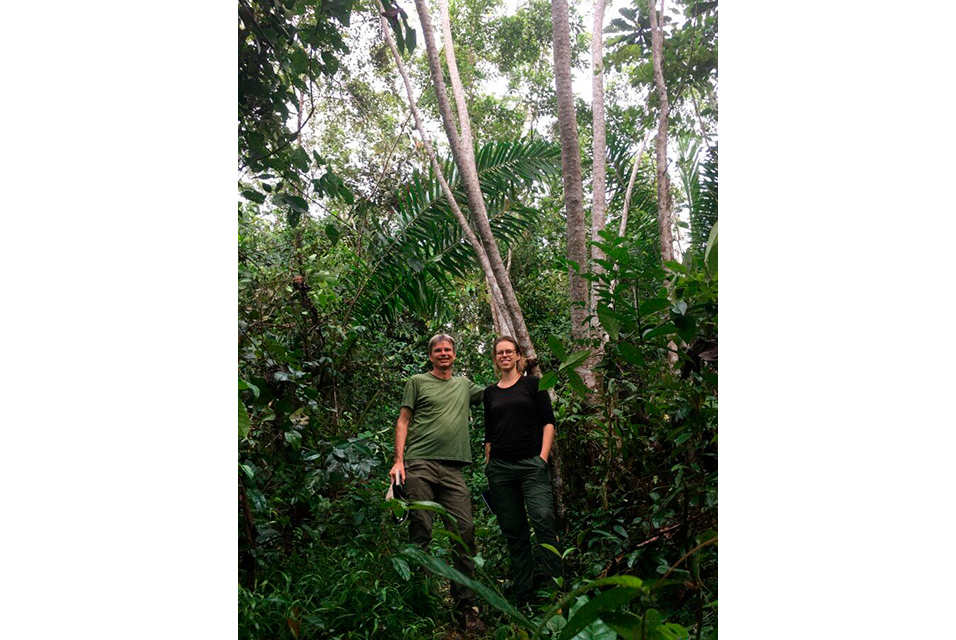WAGENINGEN.- Tropical forests are disappearing at an alarming rate through deforestation, but they also have the potential to regrow naturally on abandoned lands. This has been shown by an international study led by scientists from
Wageningen University. How a forest recovers, depends on the amount of rainfall, the age of the forest, and the functional characteristics of the tree species.
Tropical forests are very diverse. According to the new study, published this week in the Proceedings of the National Academy of Sciences of the U.S., differences in tropical forests appear to determine how a forest naturally recovers from abandoned fields and cattle pastures. Young dry and wet forests, for example, differ greatly in their characteristics. They recover in different ways, but these differences diminish as forests age. The study provides insight in which type of tree species should be selected for reforestation plantings, thereby enhancing tropical forest restoration success. This is particularly important because tropical forests contribute significantly to the world's biodiversity, carbon storage, and water regulation.
Characteristics
The researchers used data from more than 127,000 trees in 30 tropical forests in North and South America. Lourens Poorter, forest ecologist at Wageningen University & Research and lead author: "It is a challenge to compare these forests, because they consist of completely different species. That's like comparing apples and oranges. You can also compare forests based on the functional properties of the species, such as leaf size or wood density. As a result, for the first time we were able to compare young forests with the same ecological measure on a continental scale."
"Functional traits influence species growth and survival, and thus ecosystem processes," Poorter continued. "By analyzing forests in terms of their characteristics, we can gain insight not only into how these forests are constructed, but also what this means for their functioning." The authors measured seven characteristics for each species. Some of these traits are important for drought tolerance, such as small compound leaves, tough wood, and the ability to shed leaves in the dry season. Other traits are important for productivity, such as the ability to fix atmospheric nitrogen, thin leaves that capture light efficiently, and high leaf nitrogen content.
Forest restoration
Coauthor Danae Rozendaal: "We found that wet and dry forests differ markedly in their traits. Species of wet forests have traits that increase their growth rate in a productive, wet environment, whereas, species of dry forests have traits that allow them to tolerate or avoid drought." Pathways of forest development also varied with climate. Young dry forests change primarily by traits that protect against drought, such as small leaf size; young wet forests by traits that allow faster growth and later by traits that increase shade tolerance.
Such insights can be used to encourage forest restoration, as promoted by the United Nations Decade for Ecosystem Restoration and the recent climate summit in Glasgow. Brazilian coauthor Catarina Jakovac explains: " Forest restoration efforts should ideally rely on natural regeneration, as this is a low-cost, natural solution for ecosystem restoration, with the highest gains for biodiversity, ecosystem functioning and services. However, when the landscape is too degraded, tree planting can stimulate forest succession". In dry forests, the authors recommend planting species that can are drought tolerant, and fast-growing species in wet forests. It is emphasized that it is always necessary to use a mix of early- and late-successional species with contrasting trait values. This helps to create more natural, biodiverse and resilient landscapes.










